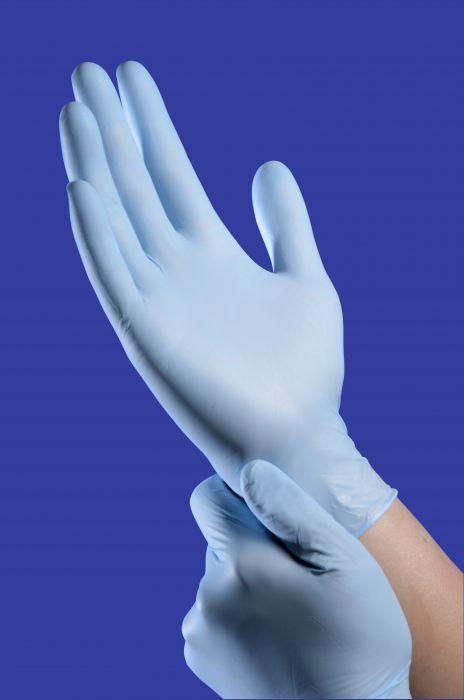Disposable gloves are inexpensive and provide you with cross-contamination in any situation. More and more industries have started using different types of gloves as per requirements. You may be new to this or want to know more about what, when, and how parts of gloves. Keep reading
Purpose of Using Gloves
We need gloves for various purposes. There are different glove grades available like food grade, medical grade, industrial grade, and surgical grade.
Food Grade Gloves
Food-grade gloves are designed for a variety of tasks and not for prolonged use and are called disposable gloves. They are mostly useful for low-risk and light-duty tasks like preparing or serving food. These gloves are also suitable for cleaning tables or general cleaning tasks.
Medical Grade Gloves
These gloves are useful in laboratories, hospitals, nursing homes, etc., for any non-surgical use like the medical examination. They are also useful when dealing with bodily fluids or contaminants. They come in three different materials namely vinyl, latex, and nitrile gloves. Anyone with a latex allergy should avoid latex gloves and prefer vinyl or nitrile gloves.
Industrial Gloves
These gloves are designed to withstand harsh chemicals and are highly durable, making them suitable for janitorial or heavy-duty tasks. A variety of latex, vinyl, and nitrile gloves are available.
Surgical Gloves
These gloves are useful in labs, healthcare settings, and procedures where there is a risk of exposure or contact with pathogens. They are durable and sterile.
Powder vs Powder Free Gloves
The powder in the powdered gloves is cornstarch, and it is part of the manufacturing process. The cornstarch absorbs the moisture so that it would not stick and will be easy to wear.
For powder-free gloves, cornstarch in the gloves is cleaned, and thus it takes longer to manufacture. And that is why powder-free gloves are expensive compared to powdered gloves.
Powder-free gloves are useful where there is a risk of cross-contamination in certain environments like manufacturing and kitchen.
How is Thickness Measured?
The thickness of gloves is measured in mils(where 1 mil = 0.001”) or grams. Generally, food prep gloves are thin gloves with a thickness of 3 mils and under. The thickness of 5 mils or above is for heavy-duty purposes. For EMS(Emergency Medical Services) or heavy-duty purposes, the thickness of gloves is 8 to 13 mils.
Textured Gloves
Disposable gloves have a variety of textures to make them suitable for different purposes, fit and feel. There are three types of gloves based on the texture namely smooth, micro-roughened, or aggressively textured.
Mostly vinyl gloves have a smooth texture and are generally useful for food preparations. Whereas the micro roughened gloves are lightly sanded and mostly made from nitrile or latex. They provide grip to hold medical or any other instrument while medical examination or other manufacturing purposes.
Also, textured gloves are thick and have a diamond-raised texture to them. They provide excellent grip while working with wet or slippery objects.
Fitting of Gloves
The gloves fitting depends on their usage. The food-grade gloves or disposable gloves have a looser fit as it is designed for quick and easy use while preparing food or serving. But for medical and industrial use, the gloves must be properly fit the user as a loose fit will not give enough grip, and tighter gloves might rip or tear easily.
Conclusion
Now with a better understanding of gloves, you can choose disposable gloves that fit your demands. To save yourself or your team members from getting cross-contaminated from anything. Buy good quality latex gloves, vinyl gloves, and nitrile gloves from certified suppliers and get the best out of them.
Source : https://telegra.ph/Gloves-101-All-You-Need-to-Know-Before-Buying-Them-03-21



